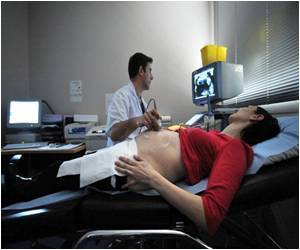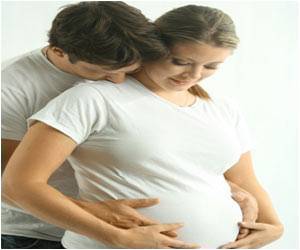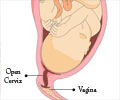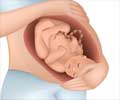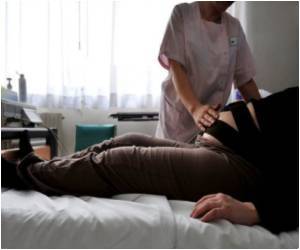
"This research has, for the first time, offered us a robust tool to begin to attempt to rescue pregnancies threatening to miscarry, when, currently, all we can do is fold our hands and hope for the best," Adam told the annual conference of the European Society of Human Reproduction and Embryology (ESHRE) in Stockholm.
Adam and her team followed 112 women who were at risk of miscarrying in 2009 and 2010 and measured factors with a known a risk of miscarriage. They included a history of subfertility, levels of progesterone, levels of human chorionic gonadotrophin (hcG, a hormone produced during pregnancy), the length of the foetus, how much bleeding had occurred and the gestational age of the baby.
The doctors found combining two of the factors -- the amount of bleeding and levels of hCG -- led to a useful model, the so-called Pregnancy Viability Index (PVI), for predicting who would miscarry.
"What we've tried to do here is try to combine a few available biomarkers that most people are aware of and see that by combining them we are able to predict the outcome of pregnancy," Adam told AFP, explaining that because the sample was so small, there was only enough data for two telltales for them to be considered significant.
"At present it is a concept that has shown promise and hopefully by doing the larger study we'll be able to come up with more answers," she said.
Advertisement
"What we looked at is what clinics test for when women presented them with miscarriages and asked the question 'Can we use these things we test for without any sophisticated additional tests to work out which women are likely to miscarry from which women are not'," Edi-Osagie told AFP.
Advertisement
"We are hopeful that by identifying factors that impact significantly on pregnancy outcome we will be able to gain a better understanding of the process of threatened miscarriage. This, in turn, may enable us to design more effective interventions to rescue these pregnancies," Adam said.
Source-AFP


